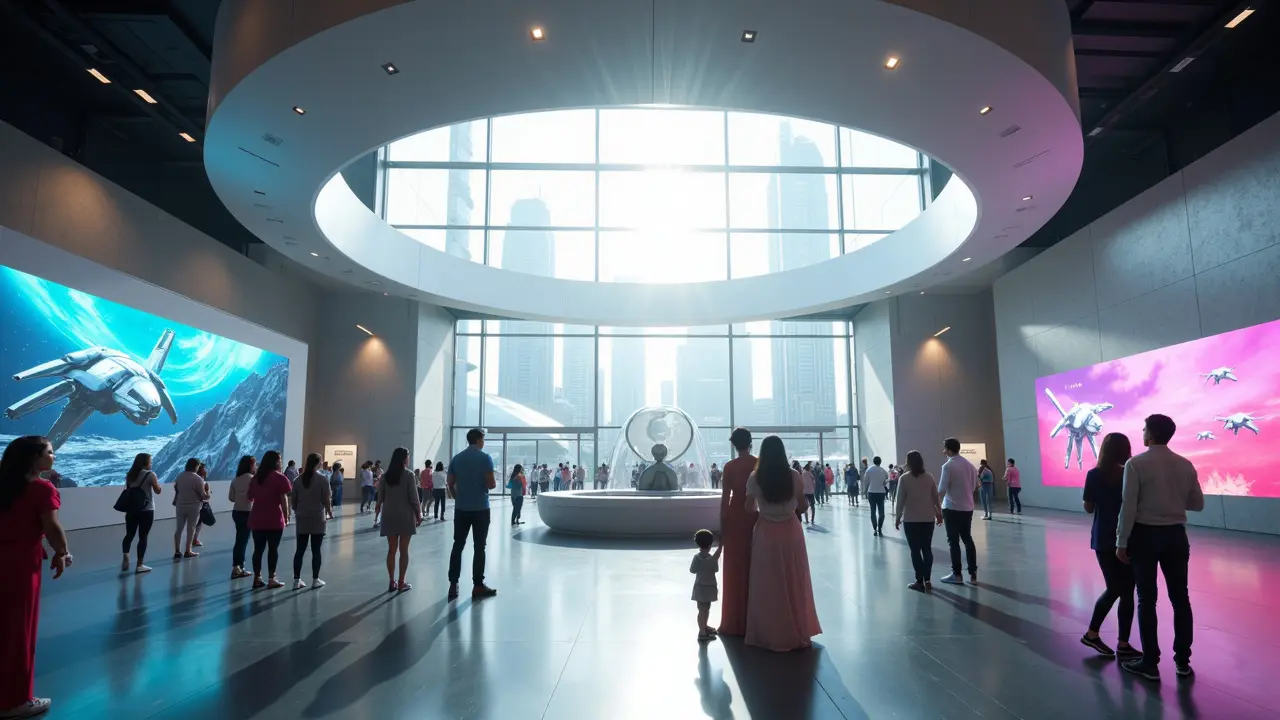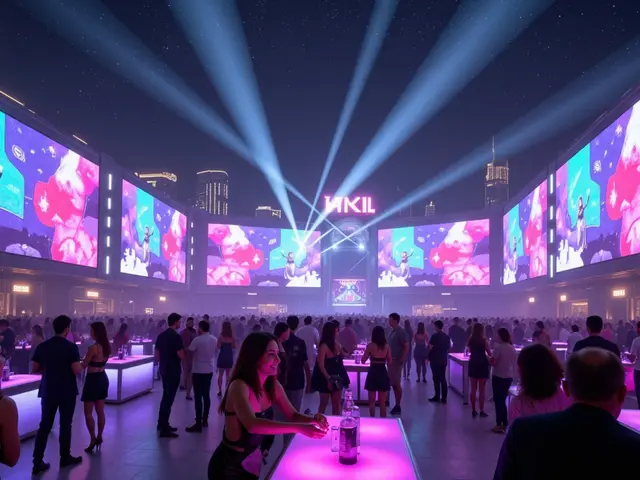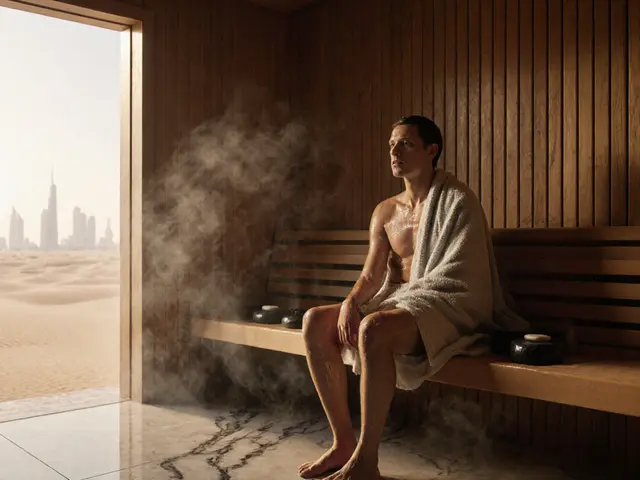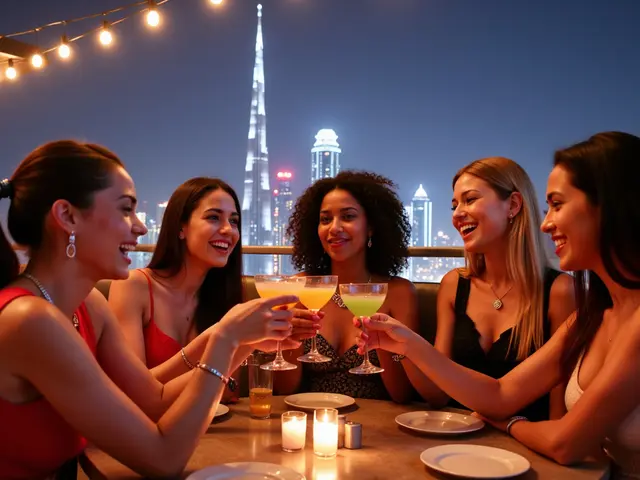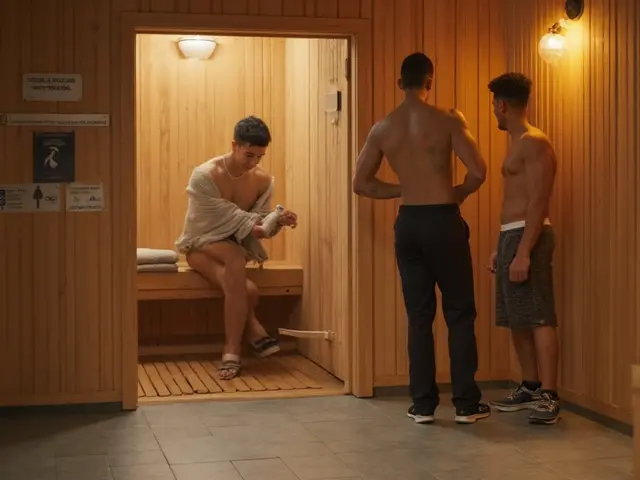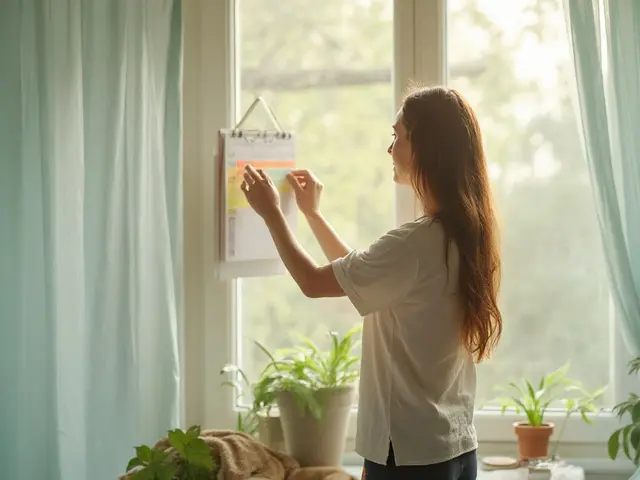Ever noticed how Dubai’s museums are as diverse as the city itself? From dazzling displays of Emirati heritage at Al Shindagha Museum to futuristic installations at the Museum of the Future, exploring Dubai attractions like these can feel like opening a series of mysterious treasure chests—each with its aesthetic, story, and spark. Sometimes, though, even the most breathtaking museum in Dubai can be overwhelming if you don’t plan right. The lines can creep up, galleries overflow, and you’re left nodding at artifacts you know you should appreciate. Want to experience Dubai’s museum scene like you actually belong there—local, expat, tourist, or family wrangling three kids? Start with a little strategy, a bit of curiosity, and a healthy dash of local know-how.
Picking the Right Museum in Dubai for Your Interests
Dubai isn’t subtle about its love for the bold and beautiful, and the city’s museums follow suit. But here’s the thing: not every museum experience is created equal—and not every museum will light up your curiosity in quite the same way. Picking your spot is the most powerful move you can make.
If you're fascinated by innovation and tech, the Museum of the Future is your front row seat to what the world might look like in 50 years. It’s a place buzzing with AI, space rockets, and green technology prototypes. The exhibits beg to be touched, prodded, and played with, perfect even if you’re not usually a “museum person.” For something that grounds you firmly in the past, make a beeline to Al Shindagha Museum, right by Dubai Creek. Here, you’re not just looking at ancient artefacts behind glass; you’re meandering through recreated winding lanes, peeking into the old Dubai kitchen, feeling the scent of spices, and getting all the family stories that shaped this wild, ambitious city.
If you love contemporary art, Jameel Arts Centre is a hidden gem with rotating displays from regional artists. The vibe here is noticeably chill—think quiet reading nooks, water-facing gardens, and sculptures big enough for your kids (or you) to explore. And there’s more. Alserkal Avenue is the ground zero for edgy art festivals, pop-up installations, and limited-edition works you won’t find reproduced elsewhere.
Families with young children, don’t panic—you aren’t sentenced to a day of “don’t touch that!” The Children’s City in Creek Park is sometimes overlooked, but it nails hands-on science and biology activities designed to keep kids as young as toddler-age entertained. Dubai Museum, set in the city’s oldest building (Al Fahidi Fort, dating back to 1787), appeals to families and tourists alike. Expect wax dioramas, immersive tunnels, and a glimpse into Dubai before the gold and glitter. Just note: as of early 2025, it’s been under renovation for upgrades, so check ahead to see if doors are open.
If you’re into design and luxury, the Etihad Museum offers beautifully presented objects and digital displays to showcase the story of the UAE’s founding. The Pearl Museum is another oddball, collecting more than 50,000 pearls as evidence of Dubai’s days as a pearling hub. Not every museum is headline-grabbing, but each gives you a perspective that’s uniquely Dubai. Look at your interests: Are you after mind-bending architecture? Ancient traditions? Spaces for your Instagram feed? There’s a museum here just for you.
When to Visit: Avoiding Crowds and Making Reservations
Here’s the dirty secret: most Dubai attractions lean into peak-hour buzz, especially during weekends or public holidays. If you land at the Museum of the Future on a Friday afternoon, you’re likely to join a crowd hungry for its jaw-dropping interior and Instagrammable viewing deck. In fact, a quick stat check from Dubai Tourism Authority in 2024 showed that major museums hit crowd surges between noon and 4PM on weekends, with the highest volumes in December, January, March, and around major Eid holidays.
If you want room to think (and breathe), the best strategy is to book your ticket online, in advance, and for a weekday morning. Most museums open at 10AM, and locals know this is when the city is either still in bed, at breakfast, or scrolling through emails. Mondays and Wednesdays are usually less busy. During the summer months—when the outside is hostile to any living creature except camels and tourists—you’ll find the air-conditioned galleries more peaceful. Some museums, like Etihad Museum and Jameel Arts Centre, offer evening hours on select days. If moonlit walks through art sound magical, this is your window.
Don’t show up without a ticket at places like Museum of the Future, as they now strictly enforce timed slots to manage flow. Use their official apps or local event platforms like Platinumlist and Virgin Megastore Tickets for the smoothest booking experience. Some museums, especially the smaller ones and gallery spaces in Alserkal Avenue, rotate exhibitions regularly, so check their Insta pages for what’s new and catch their ‘soft launch’ nights before word gets out.
Special events like Dubai Art Season, SIKKA Art Festival, or UAE National Day often see museum doors open late, with extra workshops, talks, and guided tours. These days can be crowded but electric, with a chance to chat with curators, catch local performances, or join surprise giveaways (my neighbor scored free tickets to an art brunch last year at Alserkal—worth following their socials). If you really hate crowds, look for VIP access passes or guided tour tickets. They’re not just for high rollers—sometimes, expat and resident discounts apply and get you into closed-off wings before the herds arrive.
Some sample data for major Dubai museums:
| Museum | Average Visitor Volume | Best Visit Times |
|---|---|---|
| Museum of the Future | 3,000/day | Tue-Wed, 10AM-12PM |
| Al Shindagha Museum | 1,200/day | Any weekday, 11AM-1PM |
| Etihad Museum | 1,500/day | Monday (all day) |
| Jameel Arts Centre | 900/day | Wed, 2PM-6PM |
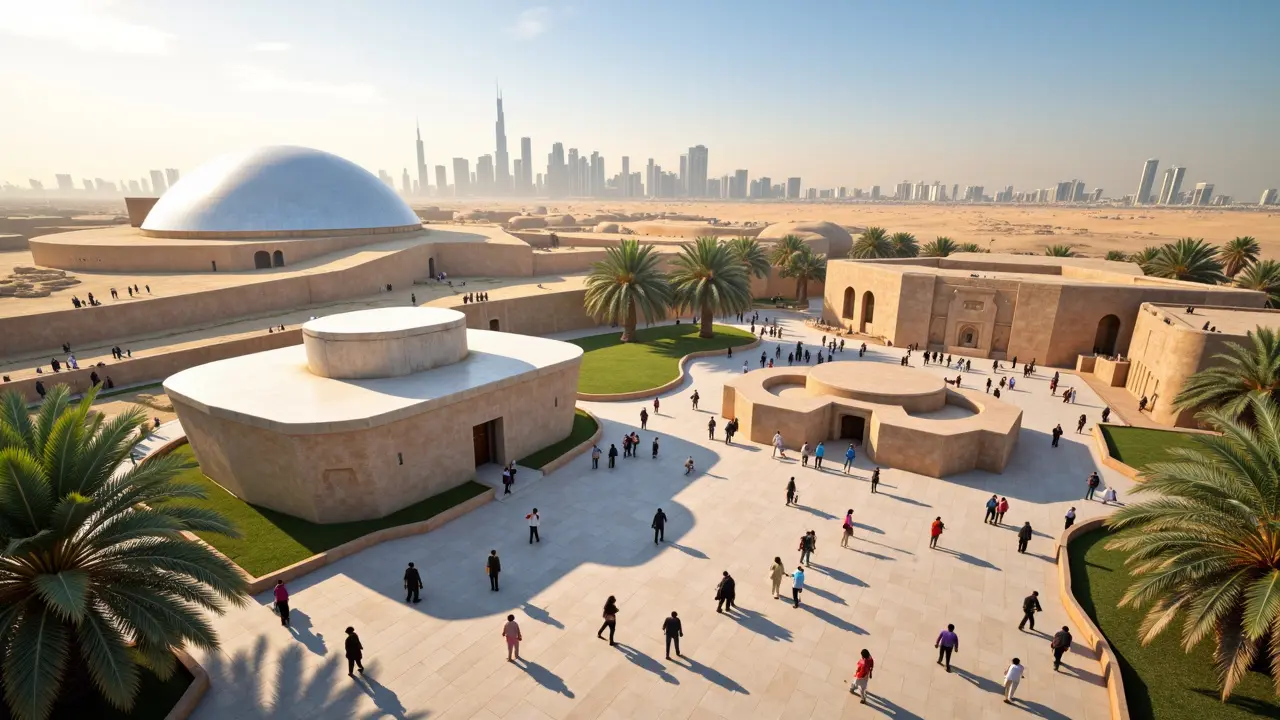
How to Prepare: Dress Code, Language, and Local Etiquette
You might think, “It’s Dubai, so anything goes,” but museums are one place where the city’s mix of modern style and traditional culture comes into play. While you won’t need a formal dress code at most, it’s still polite to lean toward smart casual—long trousers, skirts, or dresses, and covered shoulders are appreciated, especially if you’re heading to historical or government-run museums. During Ramadan, extra modesty is appreciated even in art galleries, so swap the sleeveless top for something with sleeves.
English is spoken everywhere, but you’ll find signs in Arabic and English, and sometimes staff will switch languages mid-sentence. Kids' activities are often bilingual, and tours sometimes offer French, Russian, or Mandarin options for Dubai’s polyglot crowds. If you’re feeling brave, basic Arabic greetings—like “marhaba” (hello) or “shukran” (thank you)—earn extra smiles, and you might hear a local retell museum stories with more warmth and detail if you make a small effort.
The city is designed to be inclusive. But be mindful in older museums, especially places like Al Fahidi Fort and parts of Al Shindagha complex: taking selfies near religious or royal artifacts can feel disrespectful, even if there’s no formal rule against it. Always check signs about touching exhibits or flash photography (trust me, I’ve seen museum staff with the patience of saints… until someone flashes a strobe at a fragile textile).
Families and groups should know that strollers are welcome at newer museums, and spaces like Jameel Arts Centre offer sensory maps to help visitors with special needs. People with mobility aids will find access ramps and lifts everywhere, but ancient buildings like Al Fahidi may have steps or tight spaces that aren’t 100% accessible—so check ahead if you have concerns. Food inside galleries is a big no—you’ll usually find a sleek onsite café with local flavors or a nearby restaurant in an attached cultural complex (Alserkal’s Wild & The Moon or Bu Qtair near Etihad Museum, for example, are totally Dubai and worth grabbing a bite before or after).
Making the Experience Interactive: Guided Tours, Workshops, and Local Tech
No one wants to pay for an experience only to walk away with a dozen blurry photos and no memory of what they just saw. Dubai’s museums have upgraded, big time—many offer touchscreen guides, bilingual AR apps, and digital scavenger hunts. The Museum of the Future, for example, gives each visitor a wristband with a personalized AR journey, while Jameel Arts Centre loans out iPads for multimedia tours. If you’ve got kids (or are secretly a kid at heart), this is a game-changer.
For residents and families, guided tours are totally worth it. Weekend tours led by Emirati curators pop up at Al Shindagha Museum, and you can ask all the questions you want about Dubai’s older pearl-diving stories or how creek families built wind towers in the desert heat. Etihad Museum’s guides are sharp—they toss in lesser-known stories behind the old South Asian trading posts or what Dubai’s union founders ordered for dinner after signing the UAE agreement. Many museums schedule creative workshops: kids painting sea creatures, adults trying traditional calligraphy, or families building model dhows. During big cultural stretches like the Dubai Art Season, every gallery in Alserkal Avenue offers unique experiences, from VR art rooms to pop-up photo walks.
Tech is everywhere, but sometimes the most memorable moments are unplugged. At Dubai Museum (when open), elders from the community sometimes hang out by the entrance, sharing their childhood tales with guests—spontaneous, free, and the kind of magic that doesn’t show up in an app. If you’re planning a large group or school trip, email the museum in advance; many offer tailored tours, teacher resources, or interactive guides just for locals.
And don’t skip feedback forms or social media shoutouts—Dubai’s museums pay attention. In 2024, a suggestion box led to an Al Shindagha upgrade: brand-new “storytelling corners” where families can listen to tales from pearl divers or spice merchants, now available in both Arabic and English audio.
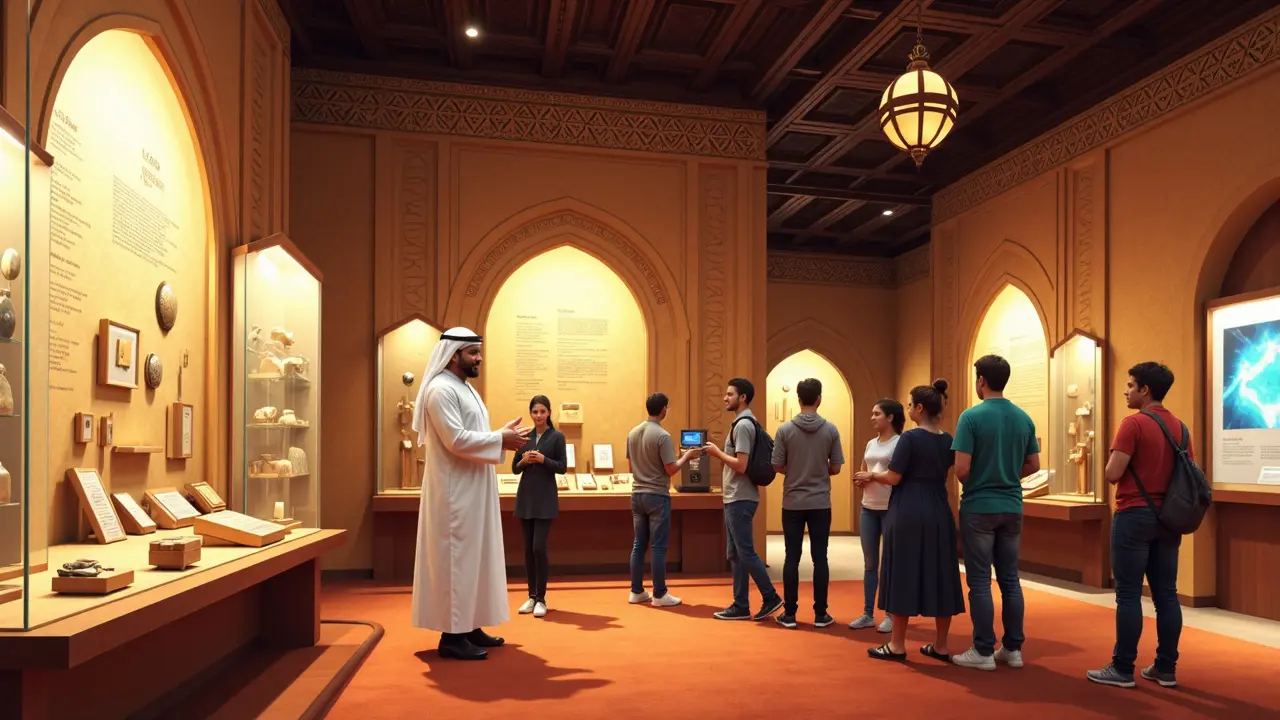
Taking Cultural Connections Home: Souvenirs, Art, and Local Brands
Half the fun of a museum visit is what you bring home—not just gifts, but ideas and connections. Dubai, ever the city of brands and luxury, shines here too. Museum shops are stuffed with locally-made products: miniature dhow models, jewelry inspired by Arabian motifs, or scarfs dyed with desert colors. At Jameel Arts Centre, the gift shop curates art books, photography portfolios, and even eco-friendly baskets from regional artisans that you won’t find in big box stores. Etihad Museum’s selection includes commemorative coins, flags, and storybooks tailored for kids interested in UAE history.
If your Instagram needs a boost, nothing beats a snapshot outside the Museum of the Future or under the lantern-lit arches of Al Shindagha, and honestly—tagging the museum leads to in-the-moment reposts, discounts, or even invites to exclusive events (personal experience: Jasper the cat now has his own hashtag thanks to my gallery snaps—no shame).
For expats, ask about resident memberships. Spots like Jameel offer discounts on workshops or art classes, and sometimes private previews of exhibitions or artists’ meet-and-greets. Expo 2020’s legacy galleries now run seasonal events, with local bands and pop-up cafés that blend Dubai’s many communities for a fun mashup you’d never find at home.
If you’re shopping for kids, look for illustrated books on UAE wildlife, the Emirati falconry tradition, or Arabic calligraphy sets—parenting win and souvenir in one go. If you want something quirky, Alserkal Avenue is notorious for one-off collaborations: skateboards with Emirati artist prints, limited-run tote bags, and collectible pins from pop-up installations. A lot of these profits support local artists, so your dirham goes right back into Dubai’s creative ecosystem.
A final tip: take whatever you learn, spot, or make in Dubai’s museums, and share it—at home, at the coffee shop, or online. Museums in Dubai are more alive than ever, not just preserving history but shaping how we talk about the city, its people, and its endless new ideas. The best experience often starts after you walk out those glass doors.

